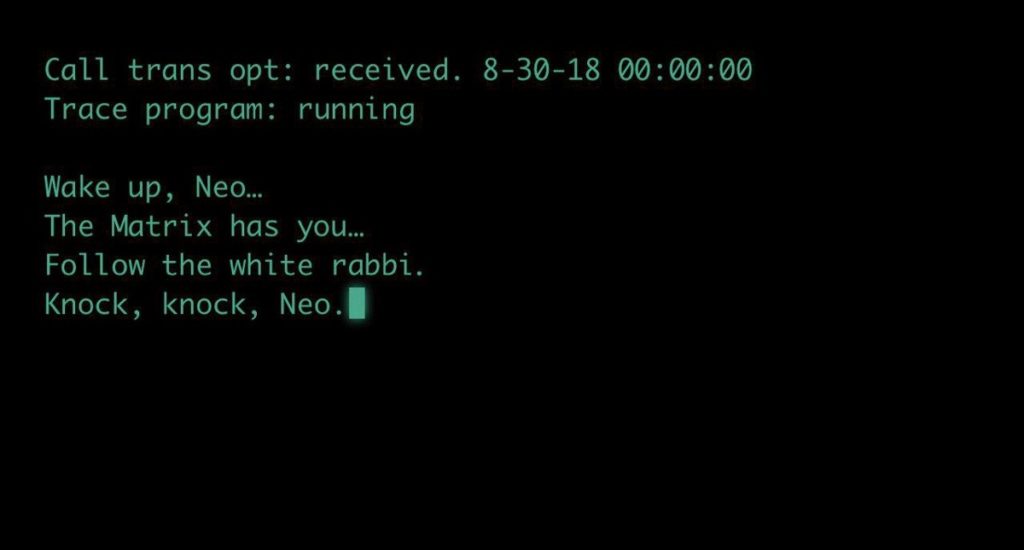Moses was often associated with Hermes, as Artapanus of Alexandria wrote. Both Hermes and Moses are messengers, intermediaries between God and humankind. They are linked to the staff, caduceus, or brazen serpent, symbolizing transformation and the crossing of boundaries.

Moses is said to have stammered, giving him a dual nature, much like Hermes.
Hermes is also Mercury, embodying the archetype of the Trickster, seen in myths worldwide. In North American Indigenous lore, the Trickster appears as Nanabozo, the mischievous rabbit.
Moses is called “Rabbenu” (“Our Rabbi”). But he is also “Our rabbit”:
“HaArnav HaLavan” (“The White Rabbit”)
הארנב הלבן
Gematria = 345
= “HaShem” (“The Name”: God)
השם
= Gematria of its anagram and reverse: “Moshe” (“Moses”)
משה
This is why, in many artistic depictions of Moses, we find not horns but rather rabbit ears.

#Mystification
In alchemy, the symbol of the rabbit shows one is on the path to the Philosopher’s Stone, the Grail, or the Shekhina.

#FollowTheWhiteRabbi #Hole #Whole
“HaNochel” (“The Trickster”)
הנוכל
Gematria = 111
= the full Gematria of the letter Aleph, the One
אלף

To escape Egypt, follow the White Rabbit. He’s a true Jew—he has a sense of humor. But beware of religious deceptions: Moses and the Hebrews’ exodus from Egypt are only myths.
In the final revelation, when God is unveiled, everything reverses, as written in the Book of Esther:
“VeNahafokh Hu”
ונהפוך הוא
Full Gematria = 446
וו נון הא פא וו כף הא וו אלף
= Gematria of “HaEmet” (“The Truth”)
האמת

#UnVerse
